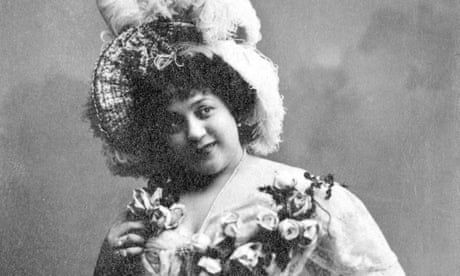
This account of Dr Crippen’s notorious Edwardian-era killing shifts the focus to the women at the centre of the sordid tale
On the evening of 31 January 1910, two couples dined together at a house in Hilldrop Crescent, on the borders of Holloway, London. The hosts, Dr Crippen and his wife, Belle Elmore, had been entertaining their friends, Clara and Paul Martinetti, until the small hours. After some difficulty fetching a cab, the visitors headed home around 1.30am. It was the last time they, or anyone else, would see Elmore alive. When her colleagues at the Music Hall Ladies’ Guild made inquiries about their friend – she was treasurer of the organisation – Crippen told them she had gone off to America to deal with a family crisis. Some weeks later they were informed she had died of double pneumonia in Los Angeles.
Thus was sparked an international murder case, one of the most notorious in Britain, later called “the crime of the century”. But Hallie Rubenhold’s engrossing account begins a generation earlier when Hawley Harvey Crippen, a homeopathic doctor, met and married a nurse, Charlotte Bell, in New York. The couple moved west to San Diego, had a son, moved again. In the US of the 1880s, with its burgeoning railroads, you could always change towns, disappear, shed your mistakes along with your creditors, your given name, your dependents. This was the shifty Crippen way, and when Charlotte died of a stroke, aged 33, he was on the move and marrying again. His second wife, a Brooklynite born Kunigunde Mackamotzki, changed her name more than once, eventually settling on Belle Elmore, and after crisscrossing the US the couple emigrated to London, he to peddle his quack remedies for the Drouet Institute, she to pursue a career as an opera singer.
Continue reading...